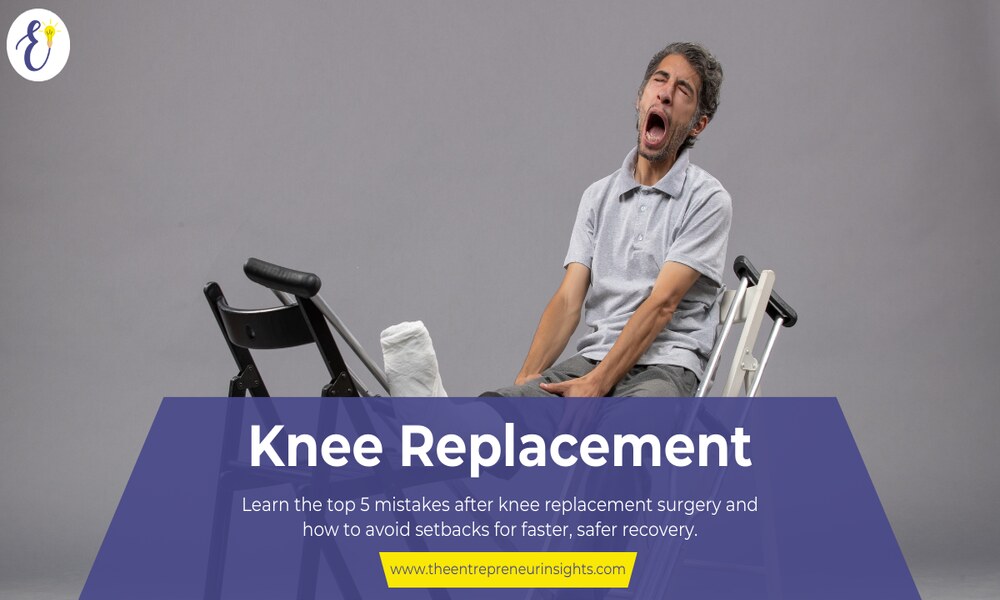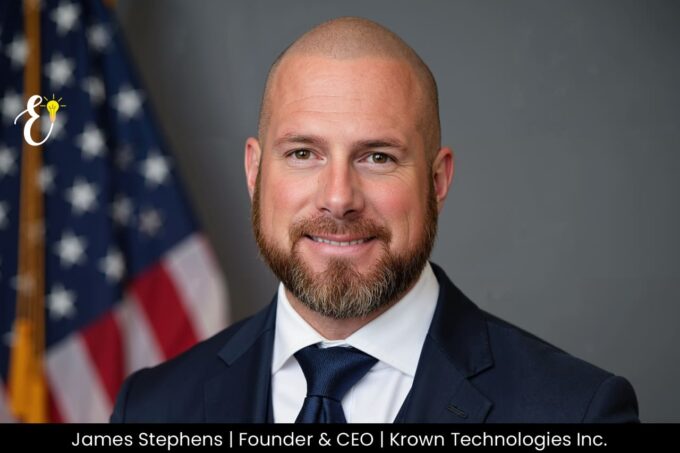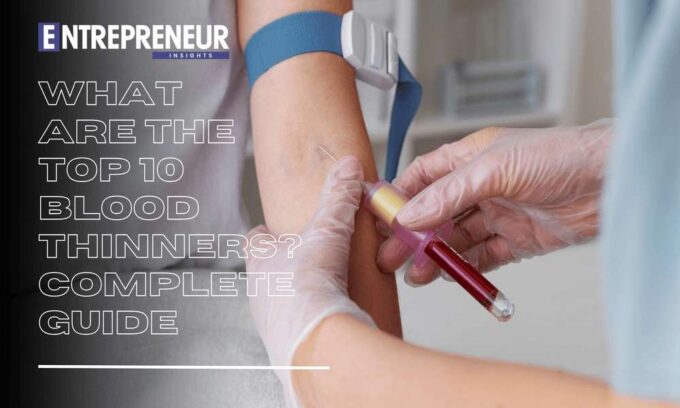Knee replacement surgery is one of the most effective ways to improve mobility and relieve chronic pain. However, what patients do following surgery has a significant impact on their recovery. Many people make unintended decisions that impede healing or harm the new joint.
Understanding top 5 Mistakes After Knee Replacement might help you avoid setbacks and recover faster.
Whether you are in the UK, recovering from a total replacement or had a partial replacement, knowing what to avoid is as important as following the right steps.
Why Avoiding Mistakes Matters After Knee Replacement
The recovery phase after knee replacement surgery determines long-term results. The artificial joint is strong, but it needs time to settle into the body and work with surrounding muscles.
Any wrong move can create unnecessary pain, stiffness, or complications.
Mistakes often happen due to overconfidence or lack of information. Patients might push themselves too soon, ignore medical advice, or underestimate the importance of small daily habits. While these mistakes may feel minor, they can delay healing by weeks or even months.
Physical therapy, pain management, and nutrition all play a role in healing. Neglecting even one of these areas increases risks such as infection, scar tissue buildup, or implant loosening.
This is why understanding the top 5 mistakes after knee replacement surgery is critical. By identifying these common errors and taking preventive steps, patients give themselves the best chance at a smooth recovery.
Clear planning, discipline, and lifestyle adjustments during the recovery period will reward patients with better mobility and less discomfort in the long run.
Mistake 1 – Skipping Physical Therapy
One of the biggest mistakes after knee replacement is skipping or reducing physical therapy sessions. Surgery replaces the damaged joint, but muscles, ligaments, and tendons still need rehabilitation. Without proper exercise, the knee can become stiff, weak, and painful.
Physical therapy is designed to gradually improve strength, balance, and range of motion. Ignoring it can lead to poor walking patterns, reduced flexibility, and long-term discomfort. Even partial replacements require structured rehab.
Some patients believe rest alone is enough for healing. While rest is essential, too much inactivity causes stiffness and swelling. Regular guided exercises prevent these complications. Patients in the UK often report better recovery when following NHS-approved therapy plans.
At-home exercises are equally important. Missing daily stretches or strengthening routines can undo progress from therapy sessions.
To avoid this mistake:
- Attend all scheduled physical therapy appointments.
- Perform prescribed exercises at home daily.
- Avoid comparing your progress to others; recovery times vary.
Consistent therapy shortens recovery and ensures long-lasting success.
Mistake 2 – Ignoring Pain and Swelling
Pain and swelling are natural after surgery, but ignoring them is dangerous. Some patients dismiss discomfort, thinking it will fade. Others push through the pain, which may worsen tissue damage or inflammation.
Pain serves as the body’s signal that something needs attention. Left unchecked, swelling can reduce circulation and limit mobility, increasing the risk of complications like blood clots.
Patients often underuse pain medication due to fear of addiction. However, when taken as prescribed, pain relief helps patients stay active and complete therapy. Ignoring swelling by skipping ice therapy or elevation slows recovery.
To prevent this mistake:
- Use cold packs and keep the leg elevated to manage swelling.
- Follow the doctor’s pain management plan closely.
- Monitor pain levels daily and report sudden increases to the surgeon.
Recognizing the balance between activity and rest is critical. Ignoring these warning signs can turn a reasonable recovery into a prolonged struggle.
Mistake 3 – Returning to High-Impact Activities Too Soon
Many patients are eager to return to normal life after knee replacement surgery. However, rushing into high-impact activities is one of the most common errors. Running, jumping, or heavy lifting too soon can strain or damage the new joint.
The implant is durable but not designed for sudden stress in the early recovery phase. Even simple actions like climbing stairs repeatedly, kneeling for long periods, or lifting heavy grocery bags can delay healing.
Some patients in the UK attempt to return to sports within weeks. This often leads to setbacks such as pain, swelling, or joint instability.
To avoid this mistake:
- Stick to low-impact exercises like walking, swimming, or cycling until cleared by your doctor.
- Gradually increase activity levels under medical supervision.
- Avoid heavy household chores or intense workouts for the first few months.
Listening to your body and your surgeon ensures safe progress. Patience during recovery leads to greater long-term mobility.
Mistake 4 – Not Following Medication or Care Instructions
Ignoring recommended medication or post-surgery care instructions is a mistake with dangerous repercussions. Antibiotics, pain painkillers, and blood thinners are often required to prevent infection and complications.
Some patients stop taking medicines early when they feel better, not realizing the risk of infection or blood clots increases. Others fail to clean surgical wounds properly, raising the chance of delayed healing.
In the UK, hospitals provide detailed recovery guidelines, but patients may underestimate their importance. Small oversights, such as missing doses or neglecting wound care, can turn recovery into a prolonged process.
To avoid this mistake:
- Follow every instruction from your healthcare provider.
- Take all medications for the prescribed duration.
- Keep the surgical site clean and monitor for unusual redness or discharge.
- Attend follow-up appointments to track progress.
Consistency with medication and care keeps complications at bay and ensures smoother healing.
Mistake 5 – Poor Nutrition and Hydration During Recovery
Nutrition plays an important role to the healing process following knee replacement. Some patients disregard food, figuring that surgery alone guarantees success. In reality, inadequate nutrition hinders wound healing and depletes the immune system.
A balanced diet rich in protein, vitamins, and minerals supports tissue repair and bone health. Hydration improves circulation, reduces swelling, and helps the body recover faster.
Common mistakes include skipping meals, eating processed foods, or failing to drink enough water. These habits reduce the body’s ability to rebuild strength.
To avoid this mistake:
- Eat protein-rich foods like eggs, fish, and beans.
- Include fruits and vegetables for vitamins and antioxidants.
- Stay hydrated with water and avoid excess caffeine or alcohol.
- Consider supplements only if approved by your doctor.
Good nutrition ensures energy for therapy, faster recovery, and better long-term knee function.
Special Note: Top 5 Mistakes After Partial Knee Replacement
Partial knee replacement surgery usually requires less recovery time than a total replacement. However, patients still face risks if they make common mistakes.
The top 5 mistakes after partial knee replacement in English are similar: skipping therapy, ignoring pain, resuming activity too soon, neglecting care instructions, and poor nutrition. The main difference is that patients often assume recovery will be much easier and cut corners in their routines.
Because part of the original knee remains, muscles and ligaments still require careful strengthening. Failing to follow through with exercises can cause uneven pressure and long-term discomfort.
Partial replacement patients also underestimate the need for follow-ups. Even if mobility improves quickly, close monitoring ensures the implant settles correctly.
Differences Between Total and Partial Knee Replacement
Total knee replacement involves replacing the entire joint, while partial replacement focuses on only one damaged compartment. Recovery time is shorter for partial replacements, but that does not mean it is risk-free.
The main difference lies in stability. Total replacement patients face greater stiffness initially, while partial replacement patients may experience imbalance if muscles are not properly rehabilitated. Both procedures require strict attention to therapy, care, and diet for long-term success.
Recovery Tips for Partial Knee Replacement Patients
Patients recovering from partial replacement should treat recovery as seriously as total replacement. Walking aids may be needed at first, but weight-bearing usually resumes sooner.
Follow therapy schedules, avoid sudden movements, and stick to low-impact activities until cleared. Proper wound care and a balanced diet are equally important. Recovery may be quicker, but discipline ensures the best outcome.
What to do for Avoiding Knee Replacement Mistakes?
Recovery after knee replacement surgery is more than just waiting for healing. Each decision a patient makes influences mobility, comfort, and long-term joint health.
The top five mistakes following knee replacement UK patients frequently make—skipping therapy, ignoring pain, speeding activities, ignoring care, and poor nutrition—can be avoided with awareness.
By following therapy plans, respecting the body’s signals, and maintaining healthy habits, patients maximize the benefits of surgery. Whether recovering from a total or partial replacement, consistency and patience matter most.
Avoiding these mistakes not only speeds recovery but also protects the investment of surgery, leading to years of active, pain-free living.















Leave a comment